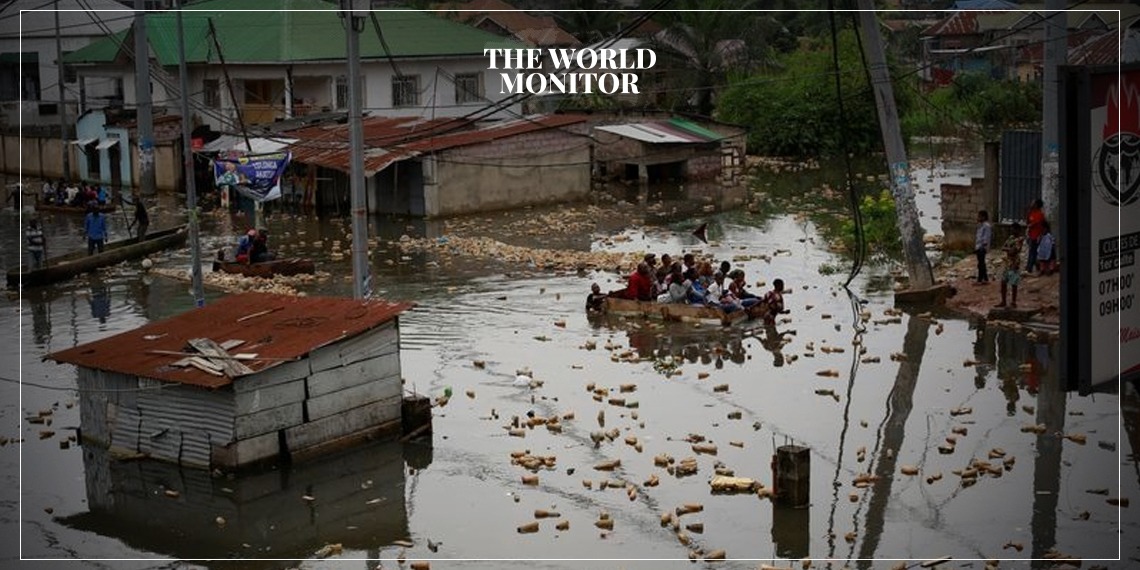The Congo River basin is grappling with generational floods, reaching its highest level in over 60 years, resulting in widespread devastation across the Democratic Republic of Congo (DRC) and Congo Republic. Authorities report that the floods have claimed the lives of over 300 people in the past months.
Poor urban planning and inadequate infrastructure have left some African countries vulnerable to flash floods, particularly after intense rains that have become more frequent due to climate change.
Ferry Mowa, a hydrology specialist at the DRC riverways authority, part of the transport ministry, highlighted that his office had raised concerns about the elevated water level in late December. A warning was issued, indicating that almost the entire flood plain of the capital Kinshasa, situated along the riverbanks, could be affected.
As of Wednesday, the river had reached a height of 6.20 meters (20.34 feet) above sea level, just below the record set in 1961 at 6.26 meters, according to Mowa. The flooding has been exacerbated by exceptionally high rains inland.
Mowa stressed the urgency for residents living around the river to relocate, recognizing the imperative need for preventive measures.
Numerous neighborhoods in Kinshasa, a densely populated city in the DRC, have experienced flooding, along with communities in over a dozen provinces, as reported by the social affairs ministry. The devastating impact includes the loss of nearly 300 lives, affecting 300,000 households, with tens of thousands of houses destroyed, according to a statement released last week. The unfolding humanitarian crisis necessitates swift and coordinated efforts to provide aid, support, and relief to the affected regions






